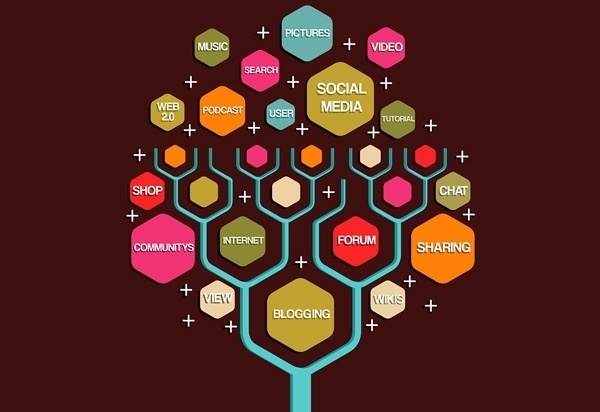Push and pull marketing are two different techniques which are based on how the customer is approached to buying a product or service. If you’re not already familiar with these terms, push marketing involves pushing a product or service onto a consumer who is not already actively looking for it, whereas pull marketing focuses on pulling a customer toward a product when they are actively seeking a product or service similar or the same as what you offer. They may not be aware of your company as a brand just yet, but they are in the market for something that you sell.
This post is a quick run down of what push and pull market is, examples of what constitutes each, followed by some reasons you may want to employ each technique within your own marketing strategy. The chances are that you’ll see the merit in both techniques, and actually, both are relevant for your business’ marketing strategy, and that’s absolutely fine, you don’t have to choose one or the other and stick with it, that’s part of the beauty of testing what works perfectly for your target market. So, let’s get started…
Push Marketing

A push marketing strategy is one that’s defined as a promotional strategy in which a business attempts to push their products or services in front of potential customers who are not aware of said products. If you’re interested in pursuing a push marketing strategy, you’re looking to make an immediate impact on customers, whereby you get them to convert as quickly as possible.
Examples of push marketing techniques range from TV and radio adverts, direct emails showcasing a new product, display advertising, trade show promotion, direct mail catalogues and even things like buy one get one free coupons and product packaging. The aim is to get your customers to see your product, realise they actually really want it, and purchase it quickly. You could link push marketing to more traditional marketing techniques.
The aim of the game here is to attempt to grab as many customers as you can, which as you can imagine, doesn’t give too much thought to customer and brand loyalty. This isn’t necessarily a bad thing if your aim is to sell as much of a new product as possible. You might want to go down the route of push marketing strategy perhaps when launching a new product, or if you’re operating in a particularly niche market.
So why might you consider push marketing for your business? There are some great advantages to utilising this type of marketing strategy, including:
- It creates great product exposure, demand and awareness
- You can push as much or as little product as you like – making it more forecastable
- It raises awareness for lesser-known products
We would however say that a drawback of push marketing is that it can be costly – especially if you’re looking to grab your audience’s attention through means such as TV ads.
Pull Marketing

As you read through this post, you may find that actually a pull marketing strategy generally works better for your business. A pull marketing strategy is where you customers are already aware of the product or service they want, you just need to get them to purchase it from you instead of a competitor, which is where the work comes in.
Although pull marketing doesn’t work around creating product awareness, it does aim to do another important thing – connect potential customers with your brand. The demand is already there as they’ve come looking, so you need to showcase that you stock that product, and also show off a little to make sure your customer knows you’re an expert. This is where content comes in as an essential tool to help people get to know, and importantly, trust your brand. If you can show that you know your stuff, you support your customers and your product is, well, fabulous, you’re going in the right direction to secure the sale.
Great pull marketing strategies often tend to focus on getting the user experience just right – don’t give your customers a reason why they don’t want to buy from you!
Examples of pull marketing include your social media networks, media coverage, email marketing and even word of mouth. Digital marketing also falls nicely into pull marketing, for example search engine optimisation and pay per click.
With pull marketing strategies, in some respect you’re already in a great position for the fact that demand is there for your product, lucky you! Now you just need to get them to convert (easier said than done of course). There are some great advantages to utilising a pull marketing strategy too, some of which we’ve highlighted below:
- You can work on building customer loyalty, so they keep coming back
- It’s more cost effective as you don’t need to build initial awareness
- You can share your knowledge and industry expertise with your potential customers which is also linked back to loyalty.
Have you had any great experiences with push or pull marketing strategies which really worked for you? Comment below – we’d love to hear your success stories.






Leave a Reply